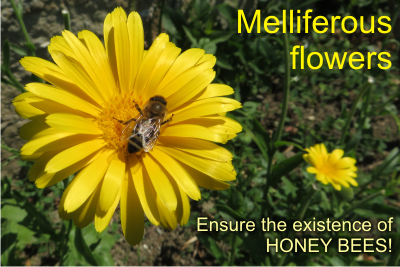Bee venom therapy was neither invented, nor discovered. It was recognized. For as long as honey bees exist, people noticed that a sting may be painful at the moment, but beneficial in the long run.
It’s been a while since western modern medicine accepted and recognized its benefits. Well, at least in some countries. Nevertheless, the studies exist, and whoever has eyes to read, an internet connection, and an open mind will surely accept the old as new, as well.
How did bee venom therapy start?
– Among the earliest books that mention bee sting therapy is an ancient Chinese medical book, around 500 BC, from In Huangdi Neijing.
– Around 300 BC, in his book “Historia animalia” Aristoteles was describing the stinging apparatus of bees and the powerful properties of bee venom.
– The ancient Greek doctor Hippocrates used bee venom for therapeutic purposes. He described it as Arcanum, amysterious substance whose curative properties he did not quite understand.
– In 14 BC Pliny The Elder was describing the use of bee venom in his Natural history.
– Galen (130–200 AD) prescribed the use of honey and bee venom as a cure for baldness.
– It is documented that Charlemagne (742-814) received bee stings for therapy against gout, while Monfat (1566-1634) prescribed bee stings to improve the flow of urine and against kidney stones.

– In 1609 C. Butler mentioned the sting organ of bees in his book Feminine Monarchie.
– In 1672 Jan Swammerdam provided a thorough description of bees’ venom apparatus.
– In 1834 L. Dufour described the venom gland, which was later found out to contain an alkaline solution, thenceknown as the alkaline or Dufour’s gland. In 1737 Samuel Dave in his Pharmacologia recommended Apis for baldness and as a good diuretic.
– In 1858 the French medical doctor de Marti began to use bee stings for treatment of several diseases. In 1858 C.W.Wolf a prominent homeopathic physician of Berlin edited his book “Apis Mellifica or the poison of the honey bee” considered as a therapeutic agent.
– In 1868 the Russians Lokumski and Lubarski published a work named “Bee venom, a remedy”.
– The modern use of BV in apitherapy was initiated through the efforts of Austrian physician Philip Terc in his published results “Report about a Peculiar Connection between the Bee Stings and Rheumatism” in 1888.
– After the First World War, Bodog Beck brought BV apitherapy to the US and published a book on BV therapy in 1935, mainly against rheumatoid arthritis.
– In Europe the first commercial bee venom preparation was released in 1928.
– Charles Mraz, a student of Beck, popularised bee venom therapy in the USA.
From now on, bee venom therapy has been introduced in modern medicine.



